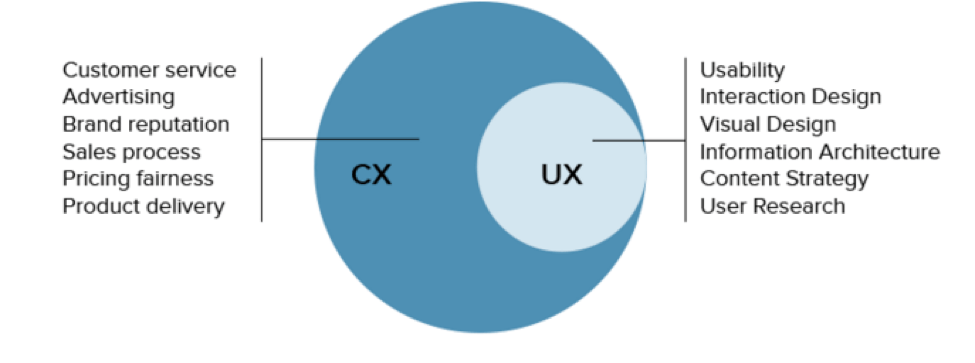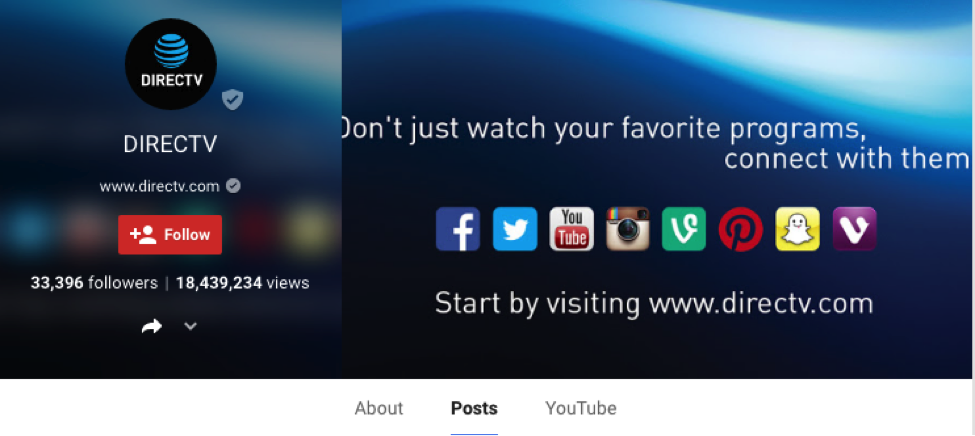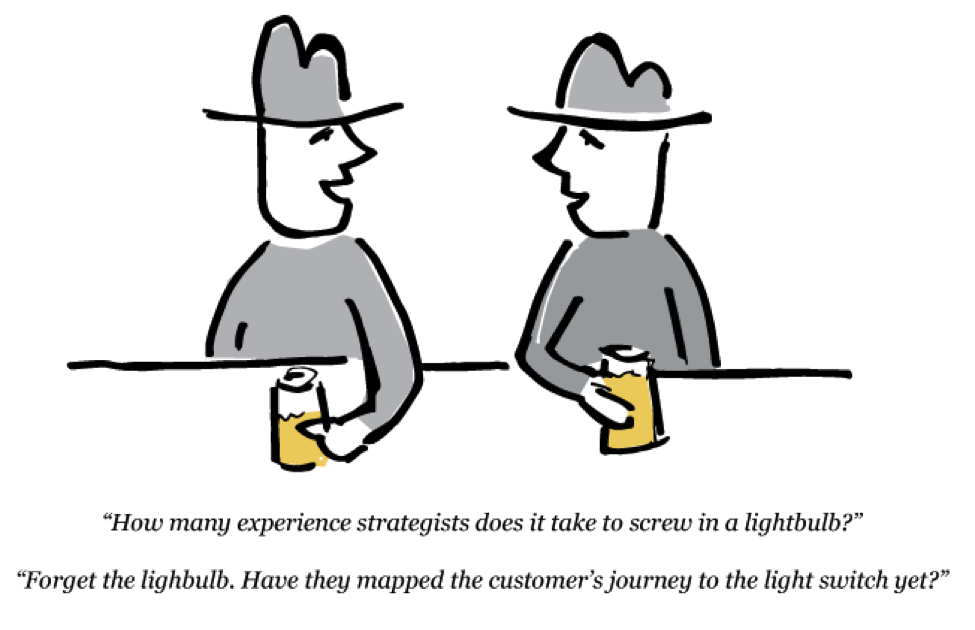5 Differences to Understand about UX vs. CX Not to Miss
At first glance, it’s very easy to assume that UX (user experience) is very similar to, if not the same as, CX (customer experience). Users and customers sound like pretty much the same thing, right? So what are the differences between them, and why is it important to understand these differences? Read below to find out!
Basically, the UX is defined as: the people who interact with your product, and the experience they receive from that interaction. It’s important to understand that the UX is product or service- specific. The UX can be measured by things like success and error rates, abandonment rate, satisfaction reports, customer care inquiries, and the time it takes to complete a task using the product in question.
The CX, on the other hand, is known as: ALL the interactions that a customer has with your brand. It is a much broader concept than the UX. The CX can be measured by looking at satisfaction reports, overall experience, likelihood to continue use, and recommendation rates. The UX is always part of the CX, but sometimes the overall CX is not related to the UX.
If you’re confused you’re not alone: check out these infographics to better understand how the two are related, or not.
Image credit: digitalgov.gov
Image credit: uxpin.com
These are the broad definitions of UX vs. CX. In order to run a successful brand and business, you need to understand the intricate differences between the two and how to navigate both to optimize the consumers’ experiences.
-
First, you need to understand that it’s possible to have bad UX but good CX.
Image credit: www.apple.com
This means that the customer’s experience with the specific product was not good, but that they still have a favorable opinion of the brand as a whole. It’s not uncommon for a popular company to come out with a product that has some bugs. Take the IPhone for example. Many versions have come out that have had problems, some minor and some major. And yet, people continue to purchase IPhones because their CX with the overall company, Apple, is good. Apple has great customer service and they often run some awesome deals and specials. This keeps people coming back, despite the fact that sometimes they release products that may not be up to the overall high standard of the Apple brand.
-
Along those same lines, it’s also possible to have good UX but bad CX.
Image credit: plus.google.com
Have you ever used a product and loved it, and been surprised by that fact because you’re not a fan of the company that makes the product? An example of this would be the various TV providers that are out there. The TV service itself is usually pretty good; I know with mine I get good reception, I get a lot of channels for a low cost, and I even get free DVR. That being said, every once in a blue moon my TV will go out or I’ll lose my movie channels and I’ll have to call customer service; every time after I do this I swear I’m going to cancel cable because the customer service is so bad. It’s almost impossible to talk to a real human, and once you do oftentimes they don’t speak English. Then you have to go through a ton of channels to get the problem fixed, and once you do it’s still difficult to be credited for the time you spent without TV. Alas, after it gets fixed I usually forget all about my bad CX and continue on with my life watching TV because the product itself is good.
-
The important thing to take away here is that UX is a part of CX, and you need to have consistency between both in order to have a favorable public opinion of your brand.
It’s not often that a customer can ignore a bad UX or CX and still be a fan of that brand because the other aspect was good. People don’t think in terms of these differences; they think in terms of the brand as a whole, and they either like it or they don’t. So if you want to get the most out of your consumers’ experiences, you need to make sure you offer a positive UX and CX. Here are a couple ways to do that:
-
Think about UX and CX under the same umbrella, not separately.
Some companies classify UX as a technology thing, and CX as marketing. That’s wrong. Both should be classified together, with the same team working to promote both. The customer service aspect should be just as good as the product, and vice versa. It today’s world, there’s no room to slack on either end. According to usertesting.com, “if you Ignore the UX of your app or site, you risk losing 90% of your users—and potential customers. And if your customer service is lacking in any way, you can expect around 68% of your customers [to switch to] to a competitor with better service.”
-
Have high expectations for both UX and CX, and put an equal amount of effort towards achieving the goals for both sides.
One is not more important than the other; hopefully by now you understand that. Thus, in order for your company or brand to get a great overall reputation, it needs to have both its user and customer experiences viewed favorably by consumers. One way to accomplish this is to set high standards for both sides and then make sure you have the same team working hard to achieve those standards. A good UX will allow customers to search a web page easily (think SEO), complete a desired task quickly and easily, and find desired content and information without trouble. Positive CX will encompass great customer service, both online, in person, and over the phone. It will result is positive reviews and recommendations, and good overall satisfaction surveys. Paying attention to all of these things will result in high expectations of your brand and good overall user experiences and customer experiences.
Image credit: blogs.forrester.com
So although there are differences between UX and CX, the important thing to take away here is that you need to spend due diligence developing both, or your brand will suffer. Work hard to develop a great product that people will love, but make sure you don’t let the customer service-end suffer while you’re doing it. How do you keep your customers satisfied? Do you have any tips for making sure consumers get the most out of the UX and CX? Comment in the section below!




